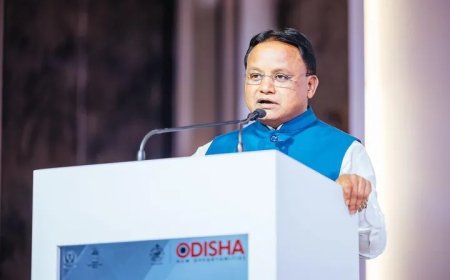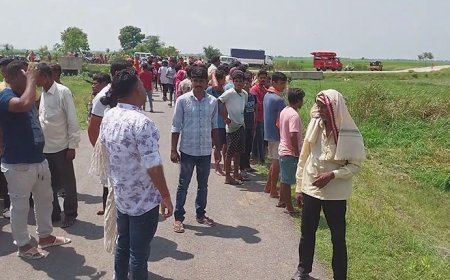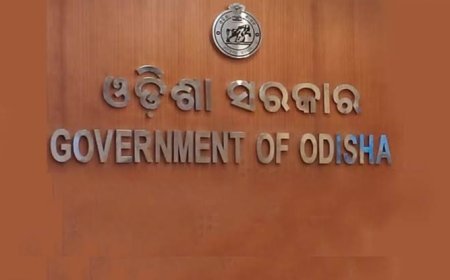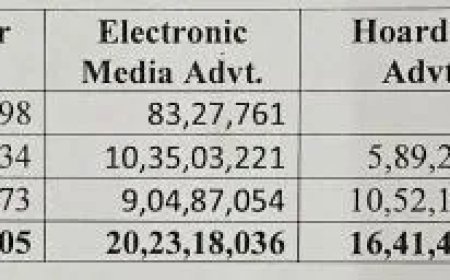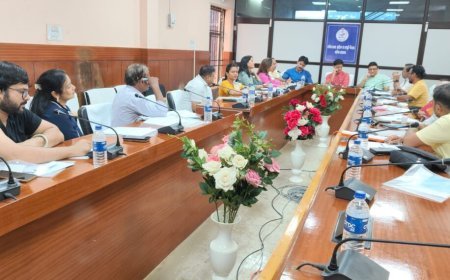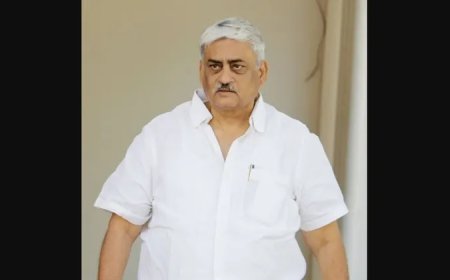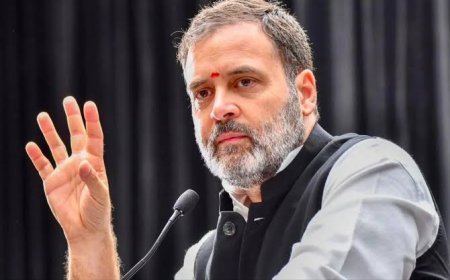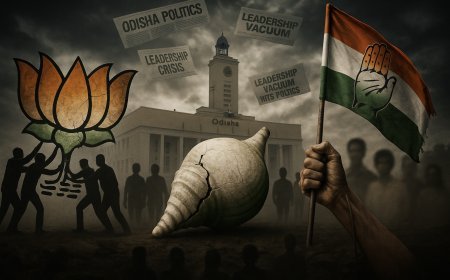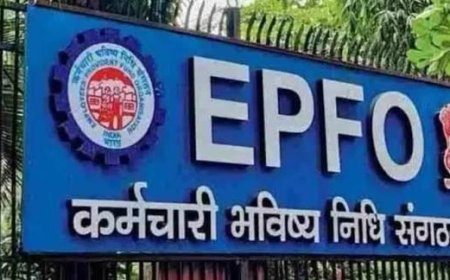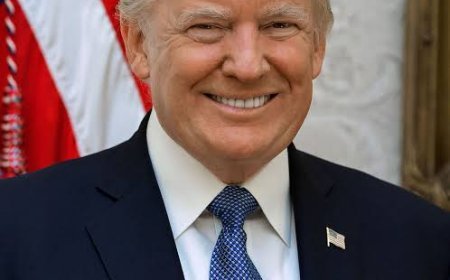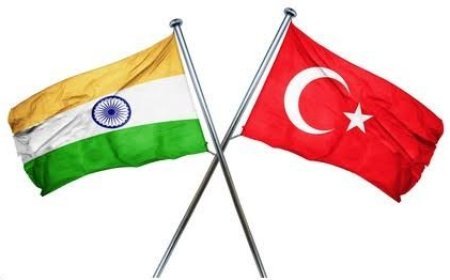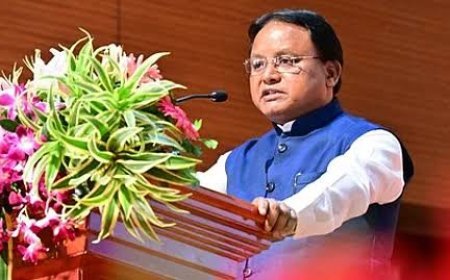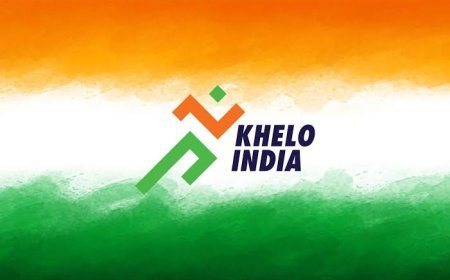India and Pakistan Resume DGMO-Level Talks in a Major Diplomatic Move
India and Pakistan resume DGMO-level talks in a significant step to revive the ceasefire agreement and ease tensions along the Line of Control.
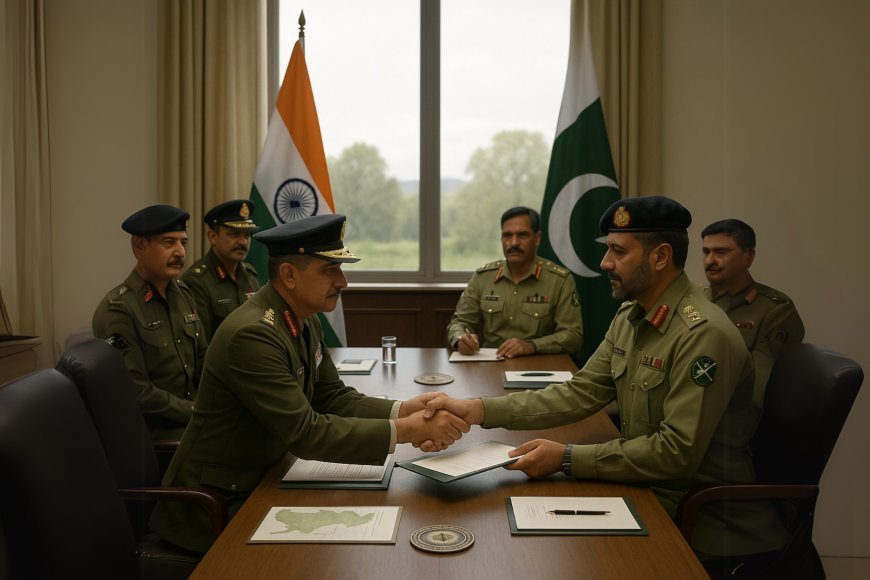
In a significant development in South Asian diplomacy, India and Pakistan are set to hold Director General of Military Operations (DGMO)-level talks today—an important step toward reinforcing the ceasefire agreement along the Line of Control (LoC). This meeting comes amid growing concerns over border skirmishes and a mutual desire to reduce tensions between the two nuclear-armed neighbors. For real-time updates and in-depth coverage, visit News12 Odisha.
A History of Fragile Peace
The relationship between India and Pakistan has long been shaped by intermittent hostilities and fragile ceasefires. The landmark 2003 ceasefire agreement served as a foundation for peace along the LoC, but repeated violations and cross-border shelling in recent years have severely tested its resilience.
Today’s DGMO-level dialogue is more than symbolic—it represents a renewed push to rebuild mutual trust. Since their separation in 1947, India and Pakistan have been involved in several wars and numerous border confrontations. Yet, each ceasefire effort has occasionally opened the door to broader diplomatic engagement. This renewed dialogue may once again revive hopes for normalization. Dive deeper into the region’s complex history at News12 Odisha.
Why DGMO-Level Talks Matter
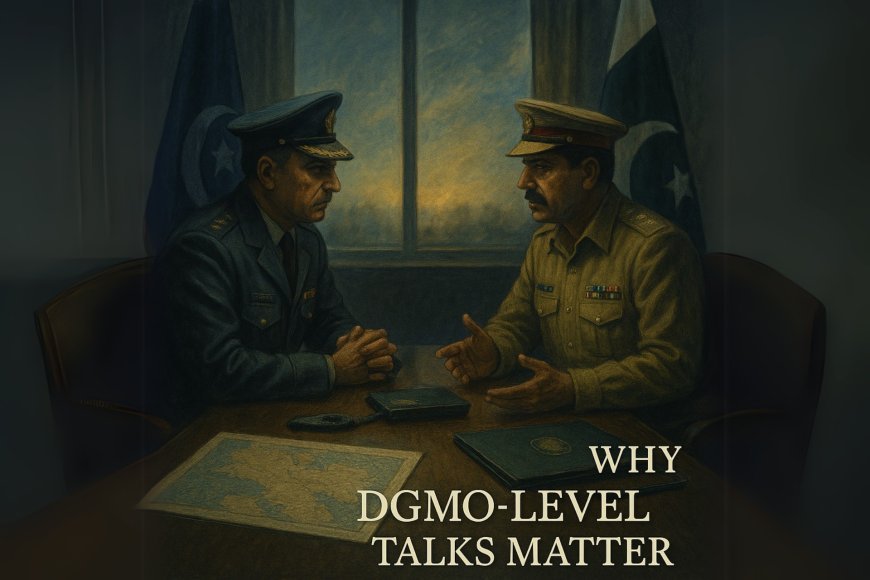
The DGMO channel remains one of the most reliable communication mechanisms between the Indian and Pakistani militaries. Unlike formal diplomatic talks, these interactions focus on ground-level realities—ceasefire adherence, troop movements, and de-escalation of incidents.
This format allows for real-time communication, helping prevent misunderstandings that could escalate into full-blown crises. In the difficult terrain along the LoC, where soldiers operate under high stress, such direct communication fosters clarity and quick resolution. Explore the history and importance of the DGMO mechanism at News12 Odisha.
Reaffirming Ceasefire Commitments
In their last high-level communication in 2021, both sides had pledged to uphold the 2003 ceasefire agreement. Since then, incidents along the LoC have noticeably declined. Today's talks are expected to revisit those commitments and explore confidence-building measures to ensure longer-term stability.
Potential measures could include joint patrolling, timely information-sharing on military exercises, and enhanced communication at lower command levels. These steps can play a critical role in reducing friction and enhancing transparency. Learn more about the proposed peace-building efforts at News12 Odisha.
The Human Cost of Instability
For civilians living along the LoC, ceasefire violations are more than just strategic events—they are lived realities. Frequent shelling and displacement have led to severe humanitarian consequences, including loss of life, lack of education and healthcare, and disrupted livelihoods.
A durable ceasefire could pave the way for economic development, infrastructure upgrades, and consistent access to government services. Humanitarian groups and local leaders have long advocated for lasting peace to improve the quality of life for border communities. Read firsthand accounts and analyses at News12 Odisha.
Global Reactions and International Stakeholders
The international community—including the United Nations and major powers such as the U.S., Russia, and China—has consistently urged both nations to resolve tensions through peaceful dialogue. Today’s talks will likely be seen as a step toward diplomatic maturity and regional stability.
While India typically resists third-party mediation, global support and acknowledgment can foster an atmosphere of confidence and restraint. This round of talks might even lay the groundwork for future cooperation in areas like trade, water-sharing, and anti-terror initiatives. Track global responses at News12 Odisha.
Challenges That Lie Ahead
Despite the hopeful tone of today’s discussions, several challenges persist. Deep-seated mistrust, domestic political compulsions, and the risk of unforeseen border incidents could derail progress.
As both countries inch closer to election cycles, nationalist narratives and political posturing may further complicate peace efforts. Additionally, any terror-related provocation could be exploited by hardliners. For peace talks to succeed, they must be resilient enough to withstand both internal and external shocks. For expert commentary and political insights, follow News12 Odisha.
Looking to the Future
If today's talks yield positive outcomes, they could act as a springboard for larger diplomatic initiatives—resumption of high-level dialogue, reopening of consular missions, cross-border trade, and cultural exchanges.
This effort must extend beyond military strategy to include people-centered approaches and regional cooperation. Peace between India and Pakistan could unlock massive potential across South Asia in terms of economic growth, energy sharing, and mutual prosperity. Discover potential pathways forward at News12 Odisha.
Conclusion: A Moment of Opportunity
As India and Pakistan sit down for DGMO-level discussions today, the world watches with cautious optimism. This meeting represents a fresh opportunity to stabilize one of the world’s most volatile borders and potentially reset bilateral relations.
While the path to lasting peace is complex and fraught with obstacles, continued communication, empathy, and strategic foresight can serve as guiding principles. May this be the beginning of a more stable and cooperative chapter in South Asian history. Stay connected with full coverage at News12 Odisha.
What's Your Reaction?







